The Art of Log Cabin Design: Enhancing Comfort and Functionality in Rustic Living Spaces
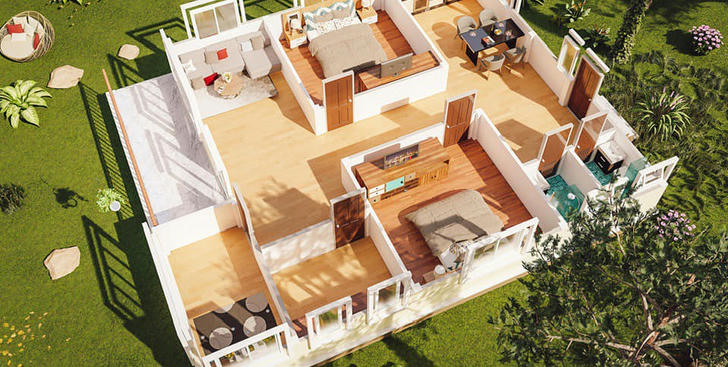
Log cabin design is the art of creating comfortable and functional spaces that reflect a rustic charm. It is not only about aesthetics but also about how the space enhances the quality of life. A well-designed log cabin can make living in nature feel relaxing and enjoyable.
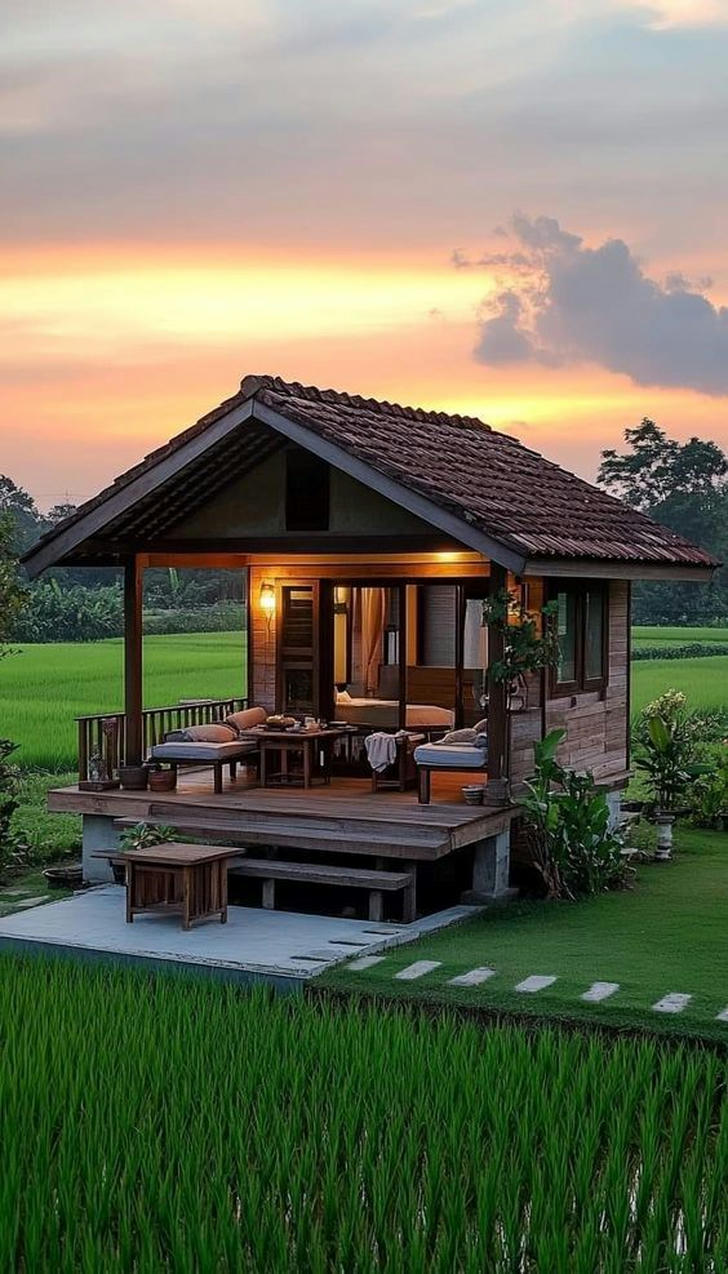
Interior Design
Space planning is at the heart of log cabin interior design, determining how functional and comfortable a space is. Good planning starts with understanding the purpose of each area. For example, the great room, often the centerpiece of a log cabin, should be open and welcoming for family gatherings and socializing. In contrast, bedrooms should prioritize privacy and tranquility, using natural materials and thoughtful layouts to ensure a peaceful environment. Log cabins often benefit from open floor plans, encouraging a seamless flow between spaces, allowing each area to serve its purpose effectively.
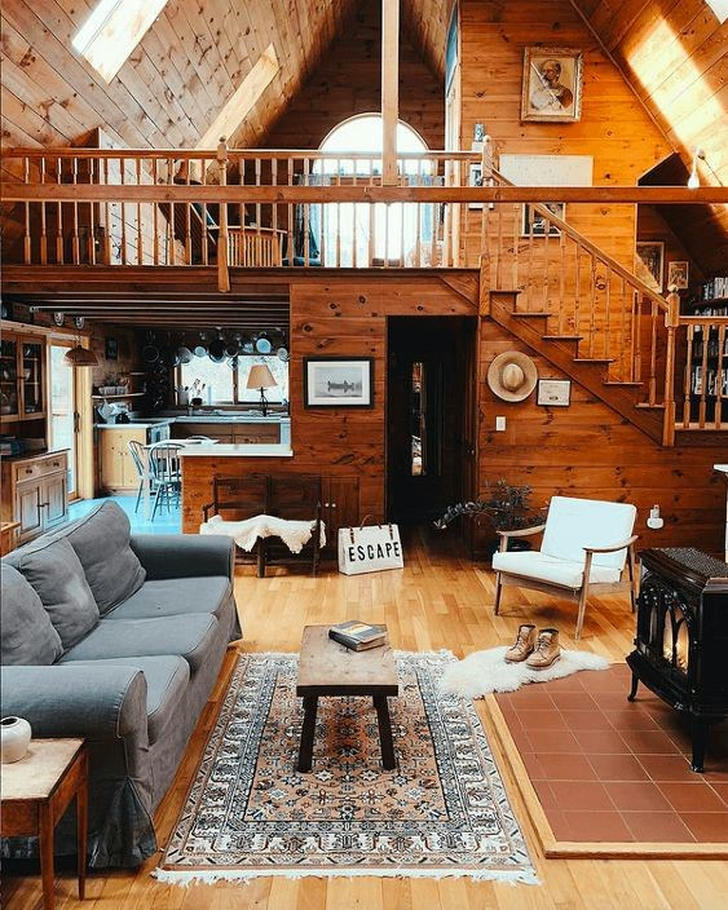
Color choice is crucial in log cabin interiors, affecting both the mood and aesthetic. Since natural elements like wood dominate the cabin’s structure, choosing complementary colors is essential. Earth tones like greens, browns, and soft grays work well to create a cohesive look, while brighter accents can add warmth and vibrancy. Lighter shades can balance out the heavier, darker wood, while accent walls or colorful textiles can inject personality. Lighting also plays a key role; natural light should be maximized through large windows, while soft artificial lighting can highlight the cabin’s warm, cozy atmosphere at night.
Material selection in a log cabin often leans towards natural, rustic materials like stone, wood, and leather to enhance the overall cabin feel. Designers should choose materials that align with the Log cabin’s environment and function. For instance, heavy-duty wood like oak or pine is ideal for durability, while stone floors in kitchens and entryways add a touch of rugged elegance. Using eco-friendly, locally sourced materials such as reclaimed wood or natural stone also contributes to sustainability. The texture of these materials adds depth, warmth, and a timeless quality to the cabin’s interior.
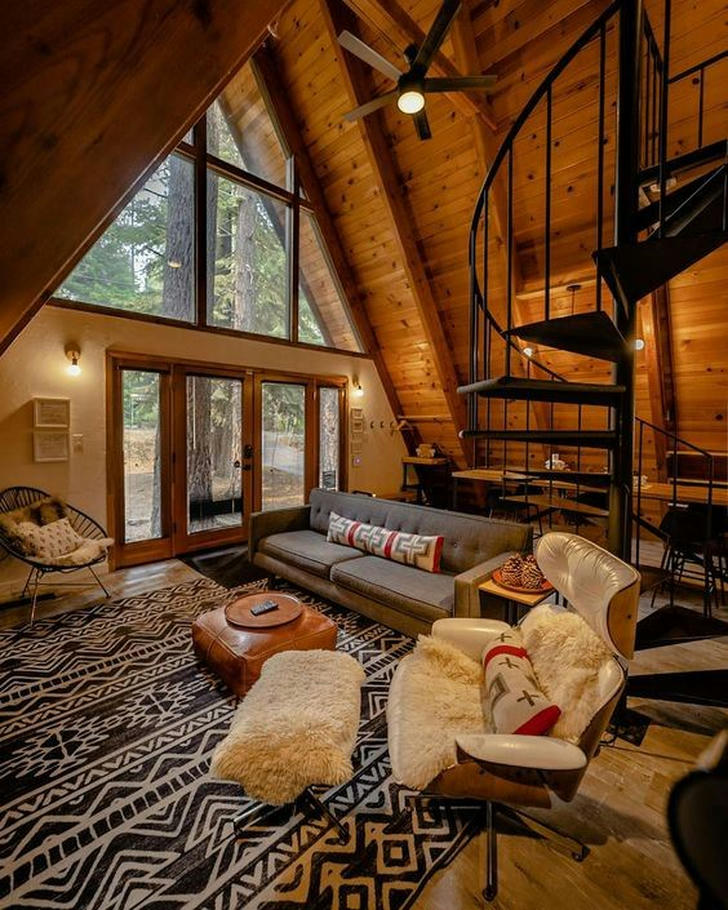
Furniture layout in a log cabin should reflect the rustic yet functional nature of the space. In smaller Log cabins, multi-functional furniture like pull-out sofas or storage benches can maximize limited space. In larger cabins, it’s important to create zones within the open plan, such as a cozy reading nook near the fireplace or a dining area that connects seamlessly with the kitchen. Furniture should be positioned to promote relaxation and connection, with large comfortable chairs and sofas arranged to invite conversation. Thoughtful furniture placement ensures the cabin remains both practical and inviting.
Outdoor Design
Landscape design is key to crafting the perfect outdoor experience for a log cabin. Whether it's for relaxation, outdoor cooking, or enjoying nature, each area of the cabin’s surroundings should be carefully considered. Designers should take advantage of the natural landscape, incorporating the Log cabin’s setting into the design. For example, natural slopes can be used to create terraced gardens, while native plants can provide low-maintenance beauty. Paths made from gravel or stone can wind through flower beds, leading to seating areas or fire pits, blending the built environment with nature. Thoughtful landscape planning creates a harmonious balance between the cabin and its outdoor environment.
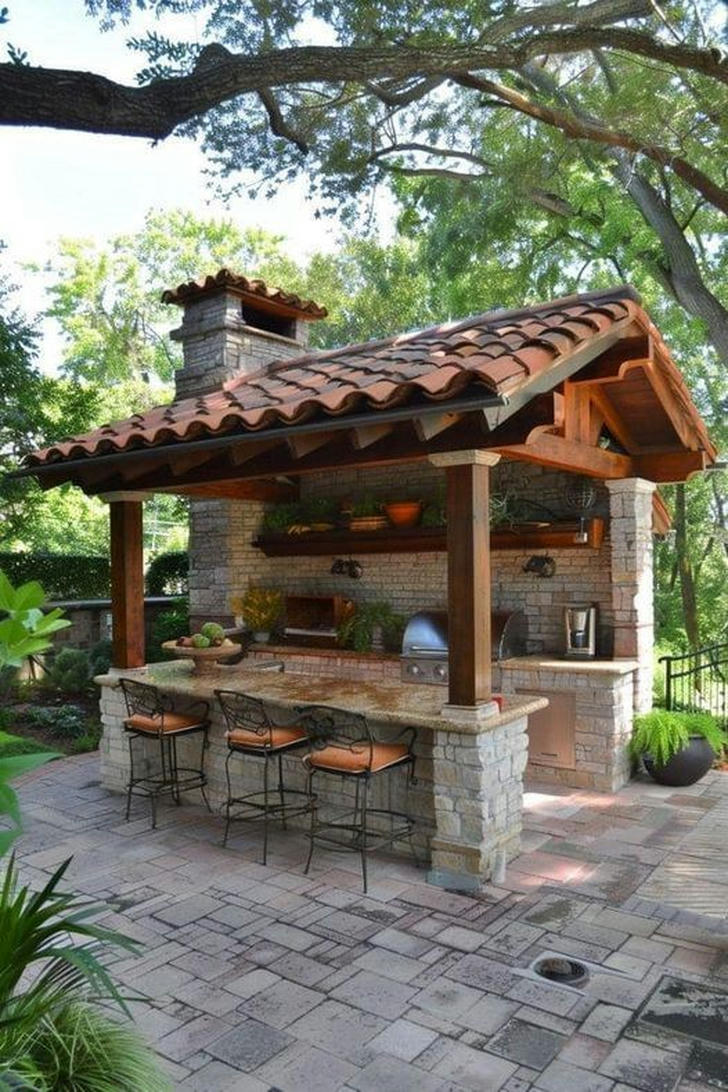
The aesthetics and details of outdoor design also play a crucial role in enhancing the cabin's rustic charm. Natural materials such as stone, wood, and even logs can be used for pathways, outdoor furniture, and fire pits to complement the Log cabin’s look. Comfortable seating, like wooden benches or Adirondack chairs, can make outdoor spaces more inviting. Lighting is essential for creating ambiance, with lantern-style fixtures or solar lights enhancing the beauty of the surrounding nature at night. In addition, landscaping with varying heights and textures adds interest, whether through tall trees, low shrubs, or flowering plants, making the outdoor space as vibrant as the interior.
Connecting indoor and outdoor spaces is a hallmark of modern log cabin design. Large windows, sliding doors, or wraparound porches create a seamless transition between the inside of the cabin and its natural surroundings. For instance, a deck or patio extending from the great room provides the perfect space for outdoor dining, while blending natural stone and wood indoors further strengthens the connection to nature. Incorporating features like a pond, stream, or fire pit in outdoor areas adds a sense of tranquility, making the log cabin an ideal retreat for both relaxation and entertainment.
Successful Case Analysis
In one log cabin project located in a mountainous area, the homeowners needed more space to accommodate their extended family for vacations and gatherings. The original layout was too compartmentalized, limiting interaction among family members. They decided to undertake a renovation to improve functionality and social interaction.
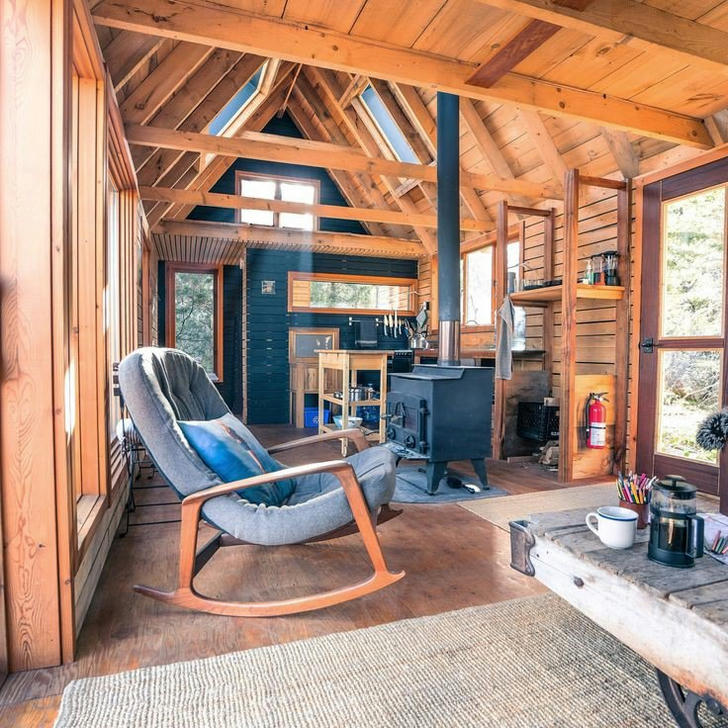
Design Plan:
1.Open Layout: The designer removed non-load-bearing walls between the kitchen, dining area, and living room to create a spacious open-plan area, encouraging family members to interact freely.
2.Central Fireplace:A large stone fireplace was placed at the center of the great room, serving as both a visual focal point and a gathering spot for warmth and conversation.
3.Furniture Arrangement: Seating areas were designed around the fireplace, with large, plush sofas and chairs arranged to promote conversation and connection among family members.
4.Natural Color Palette:Warm earthy tones were used throughout, blending with the natural log walls and stone elements to create a harmonious and cozy atmosphere.
5.Maximizing Views: Large windows were installed to allow for panoramic views of the surrounding landscape, bringing the beauty of nature into the cabin and enhancing the sense of space.
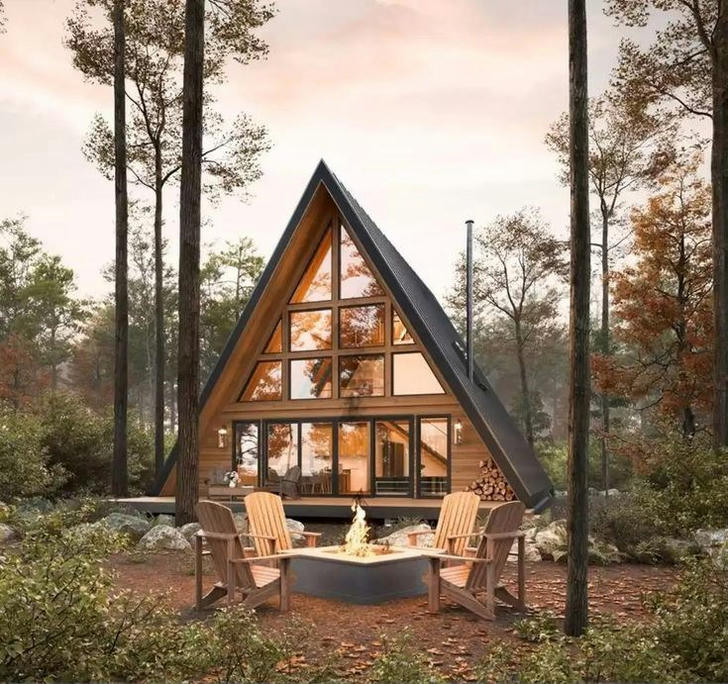
User Feedback:After the renovation, the family reported a significant improvement in their vacation experience. The open layout made gatherings more enjoyable, while the cozy, rustic design elements made the space feel comfortable and inviting. One family member mentioned, “The log cabin now feels like a true retreat, with the open space and central fireplace bringing us all together.”
In conclusion, thoughtful log cabin design—both inside and out—creates a living space that enhances the experience of nature while providing comfort and functionality. Great design can turn a log cabin into more than just a getaway; it can become a cherished sanctuary where memories are made and nature is enjoyed.
